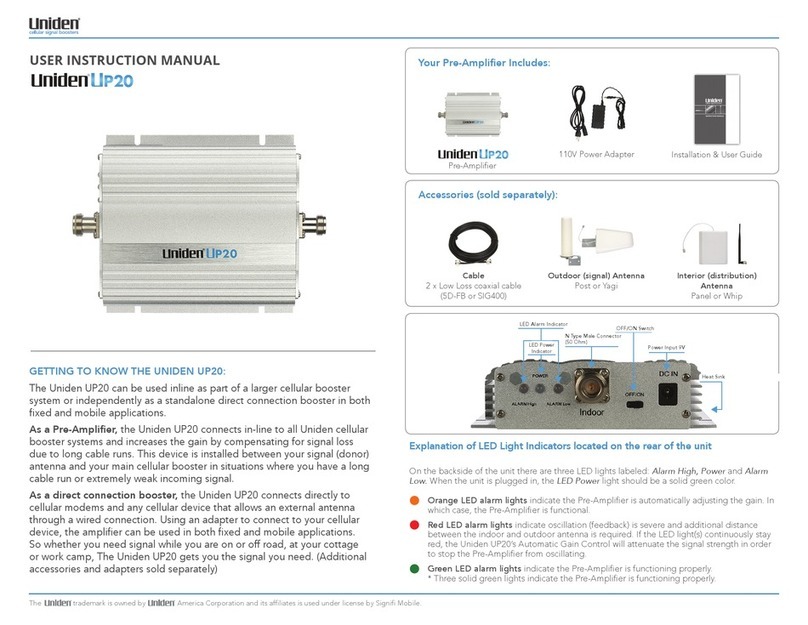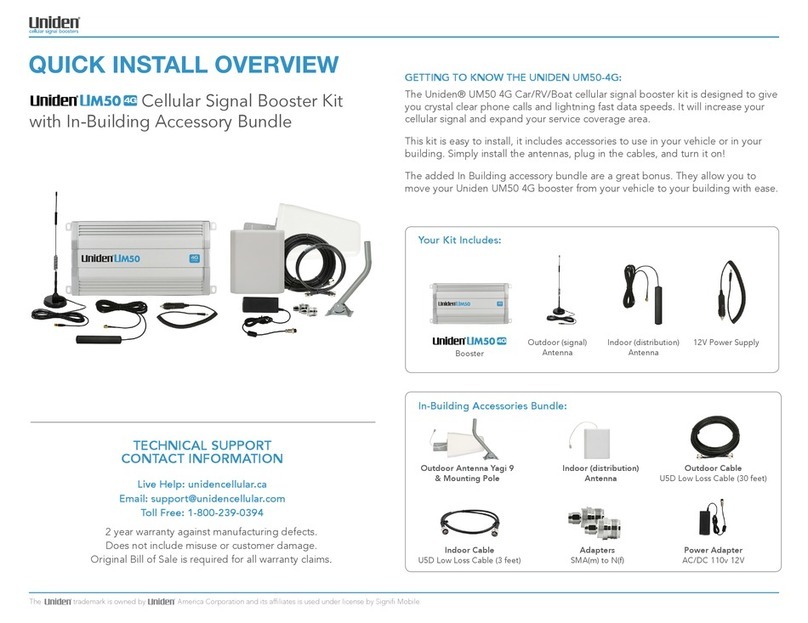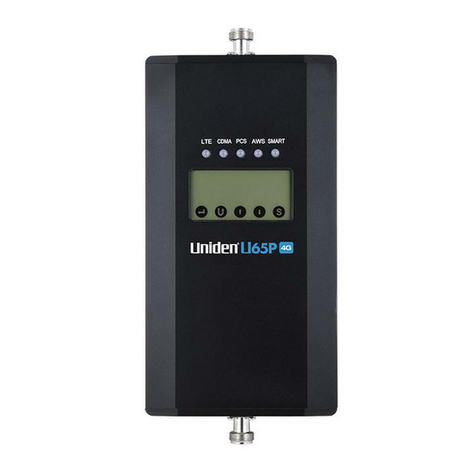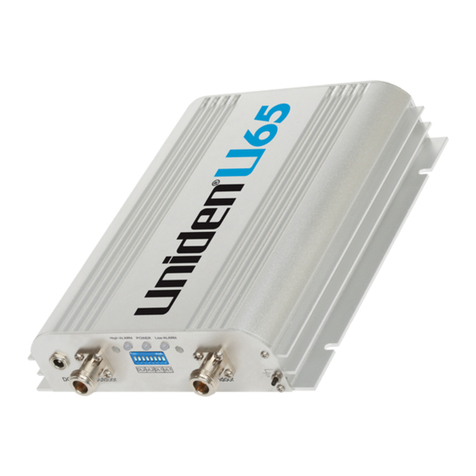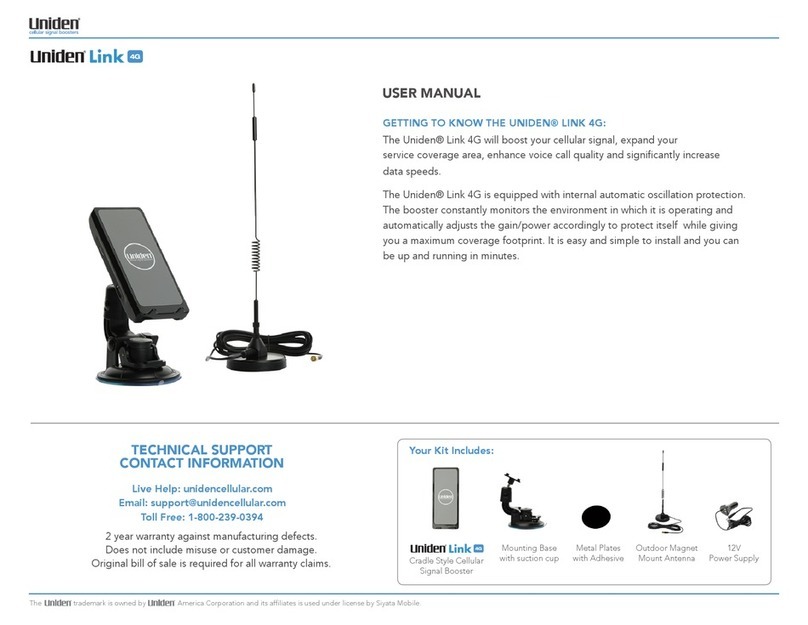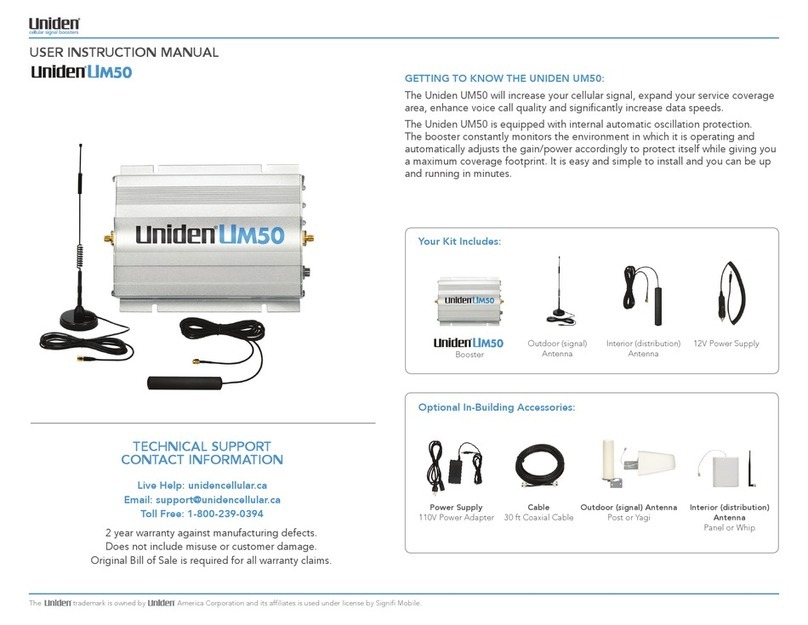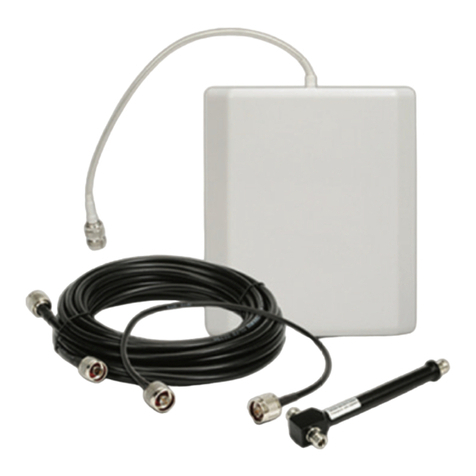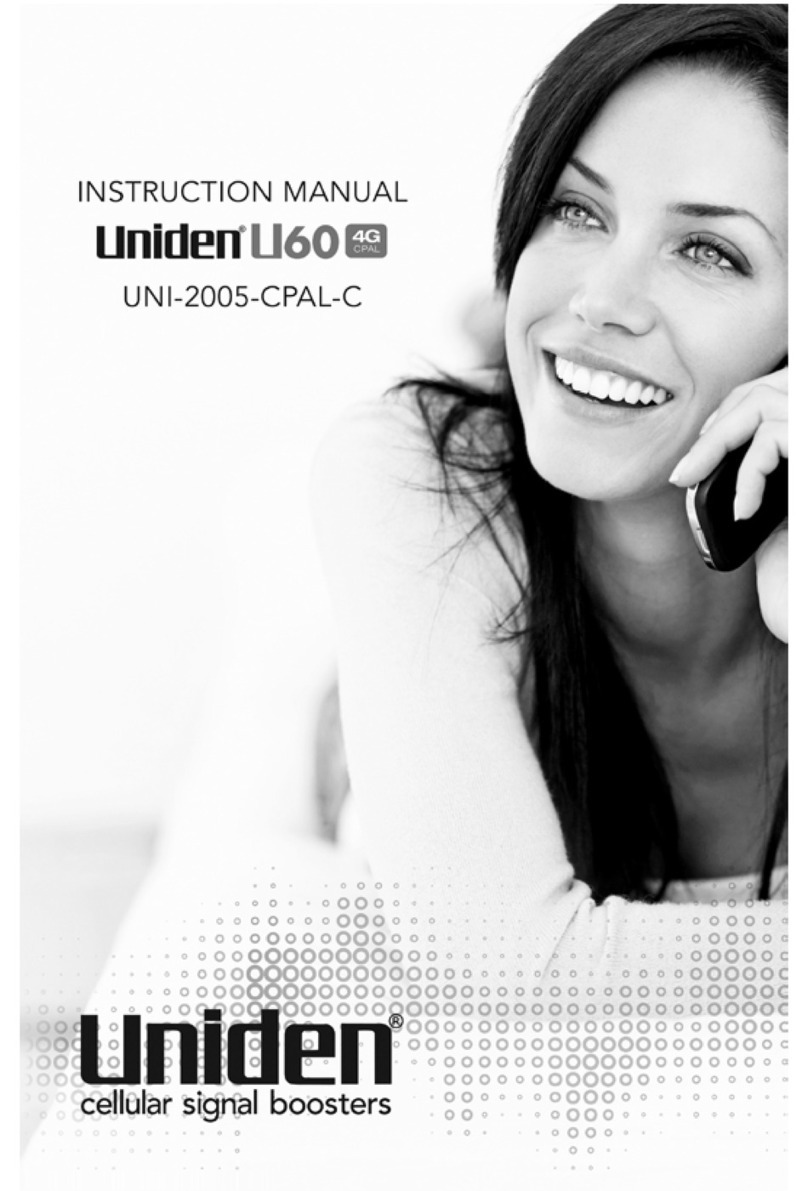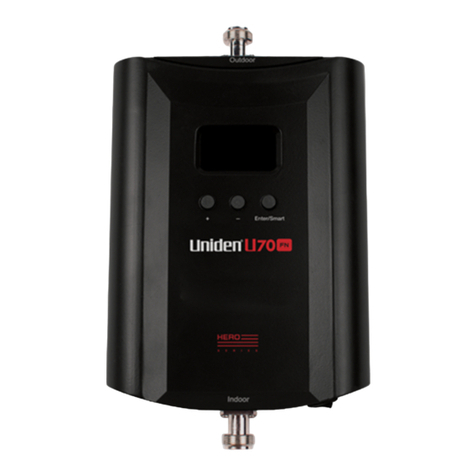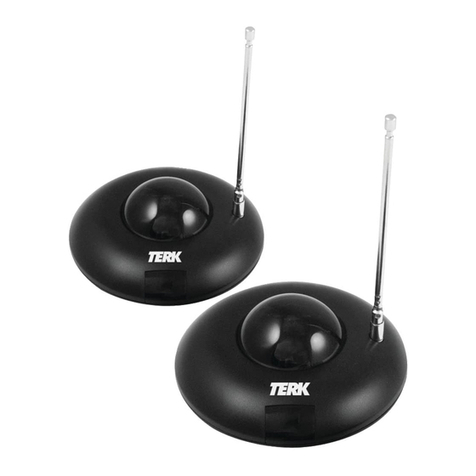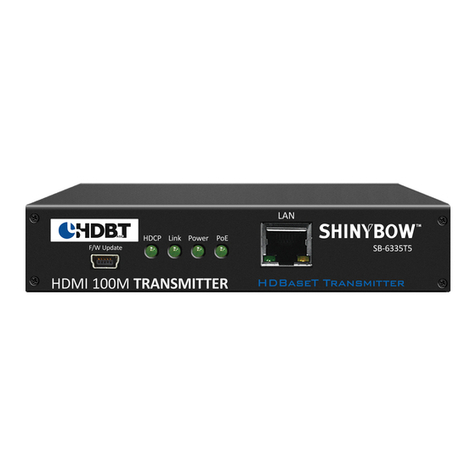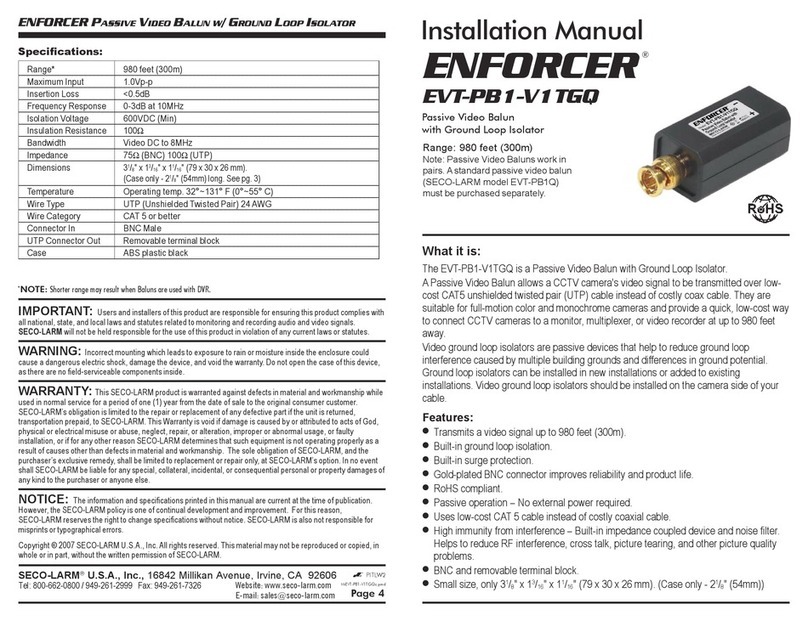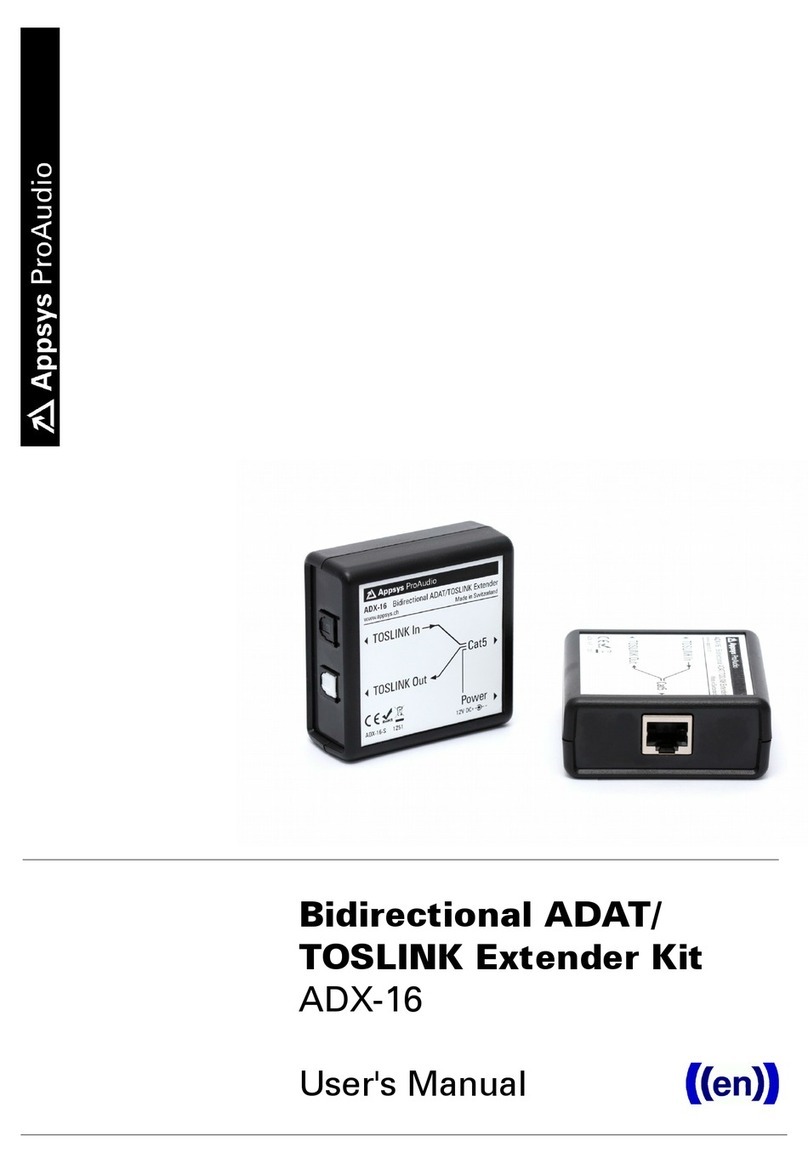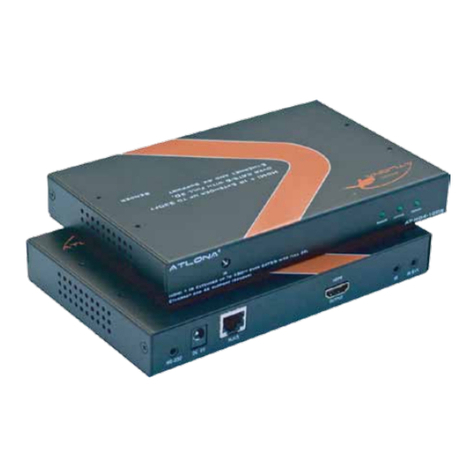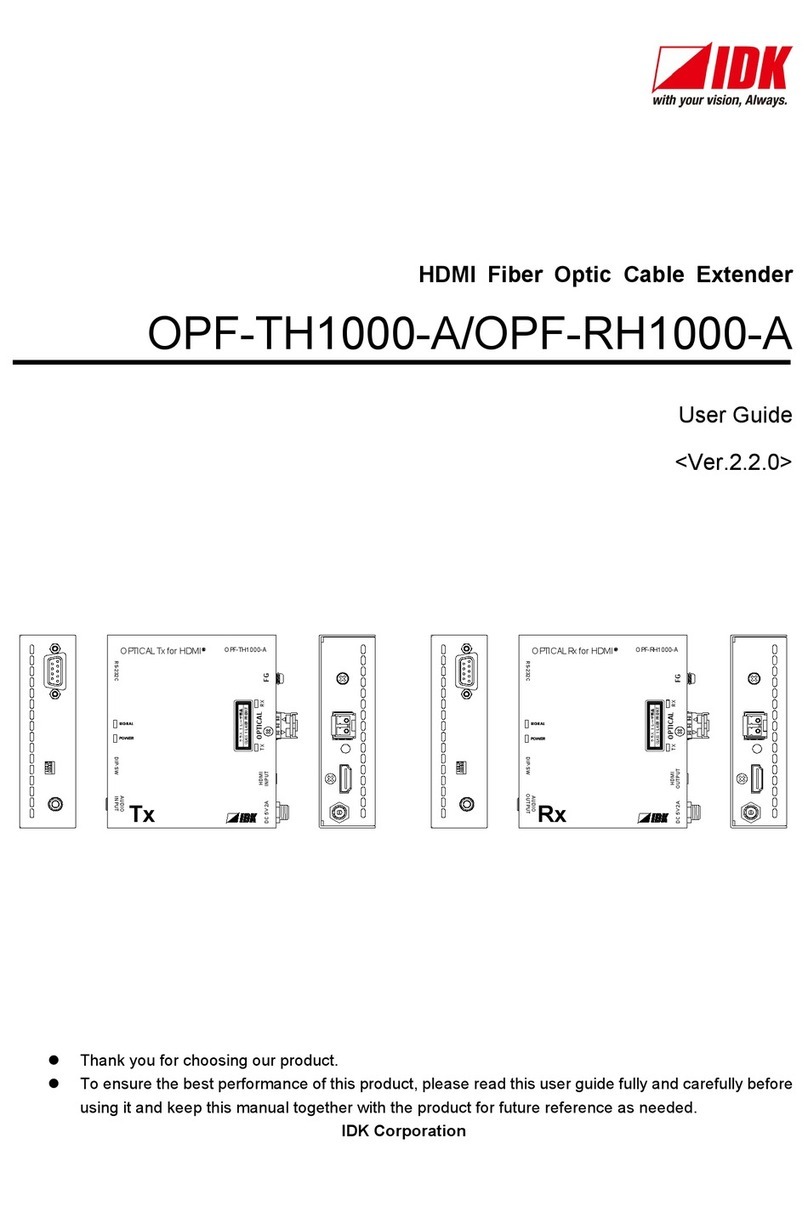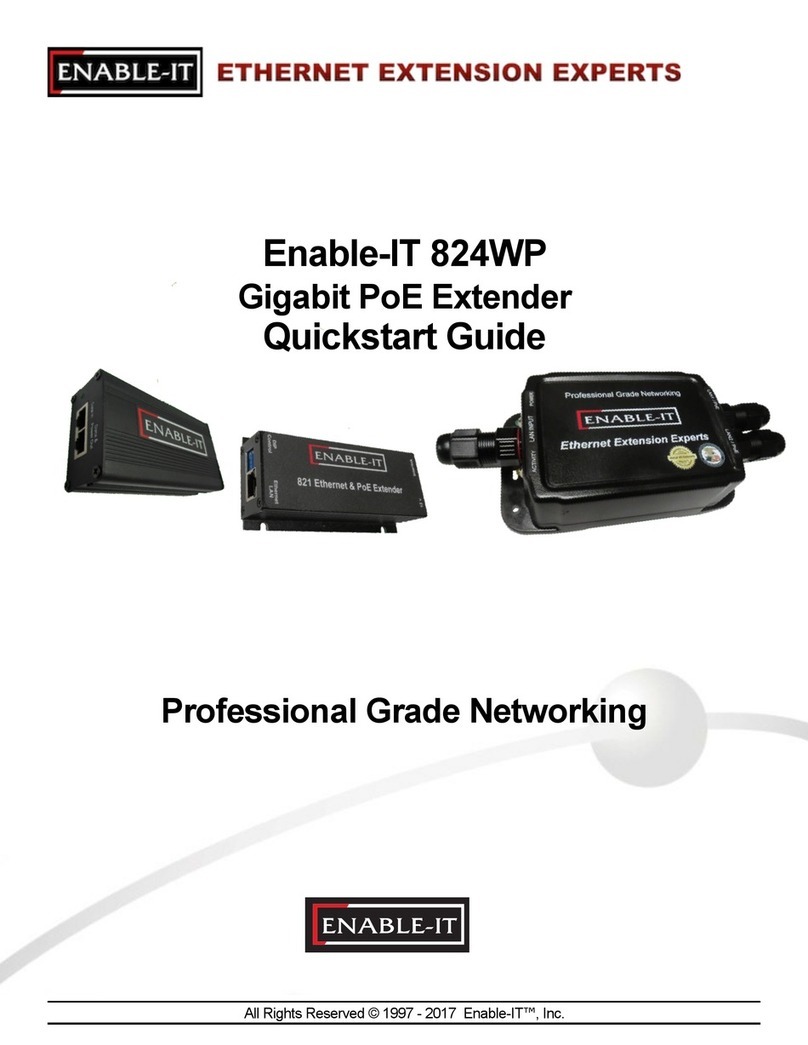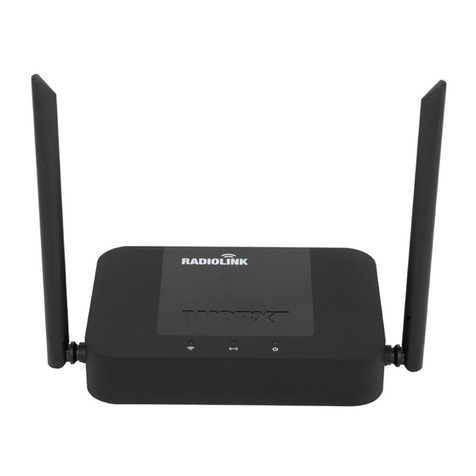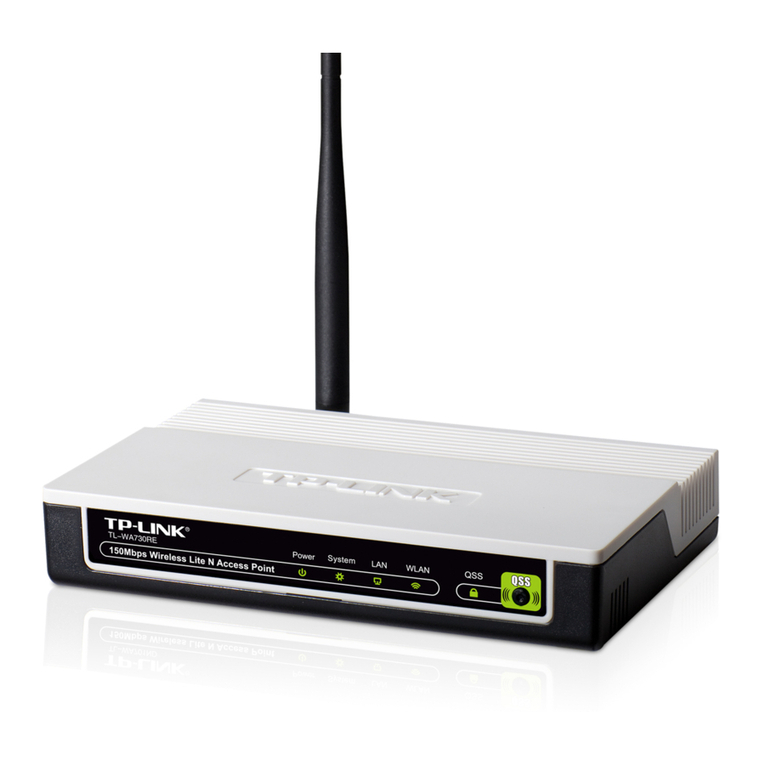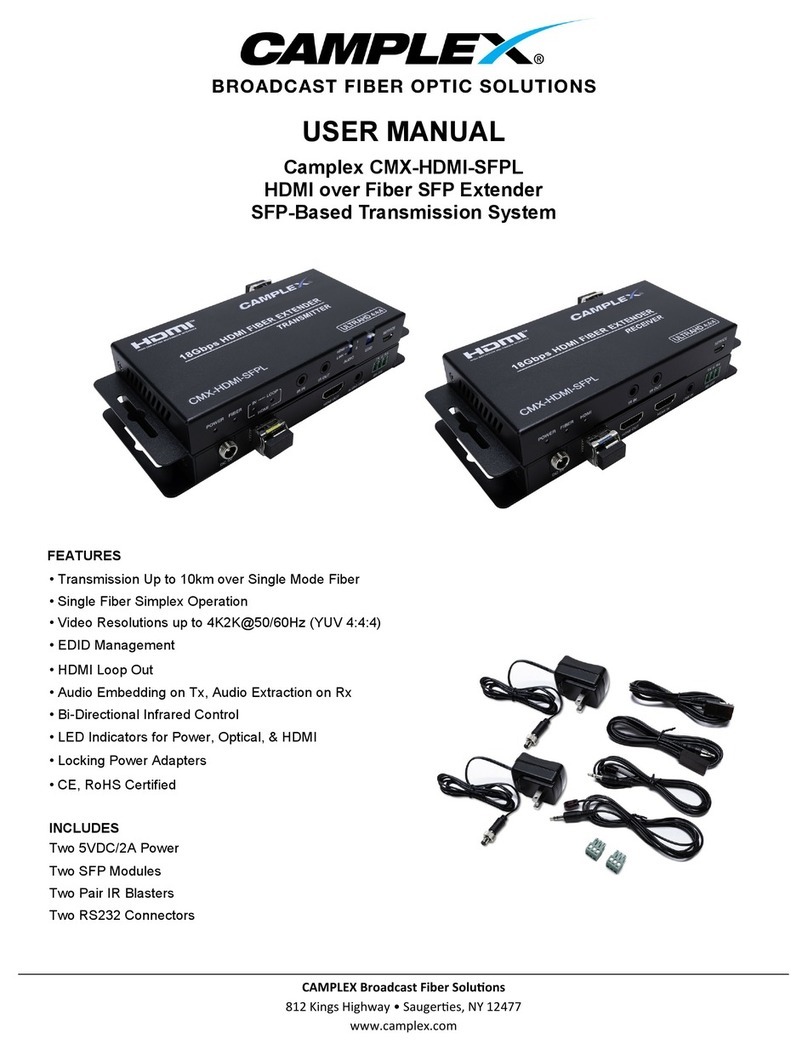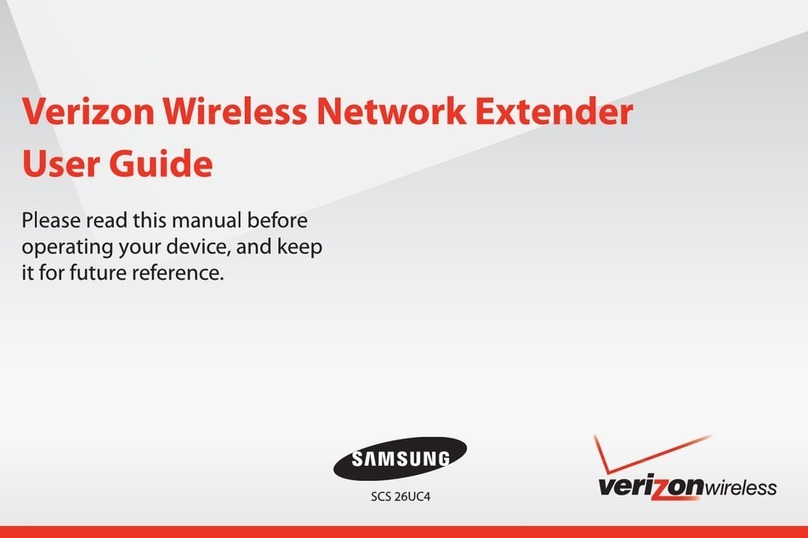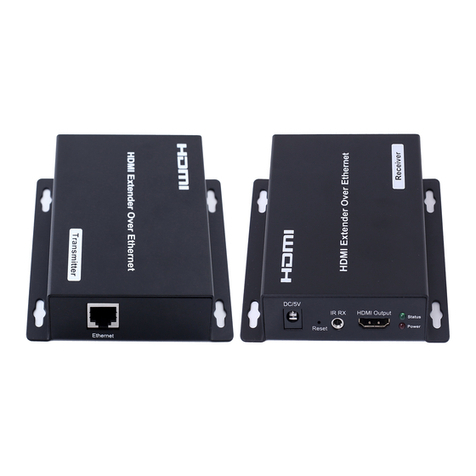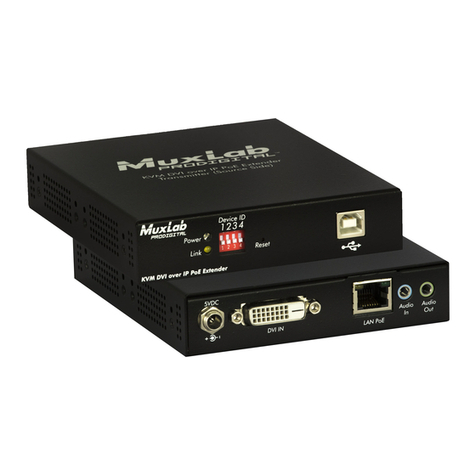Instruction Manual
BOOSTER KITS
Phone: 1-888-744-9797
Email: info@cellularbooster.com
www.cellularbooster.com
Canadian Head Office
5005 Jean-Talon Street West #10
Montreal, Quebec, Canada H4P1W7
10
The Uniden trademark is owned by Uniden America Corporation and its affiliates is used under license by Signifi Mobile.
PLAN THE LAYOUT OF YOUR SYSTEM
Before you get started you will need to plan the layout of your system. This involves checking signal strength
for signals coming from the cell tower, as well as antenna, booster and cable placement.
IDENTIFY THE BEST LOCATION TO INSTALL THE SIGNAL (OUTDOOR) ANTENNA
CHECK FOR SIGNAL STRENGTH
Select a location on the roof of the building to install the signal antenna, by monitoring your cell phone’s
signal strength (signal bars) to nd the strongest signal from your carrier’s cell tower.
MARK THE AREA
Mark that area as the installation location for the signal (outdoor) antenna.
GETTING STARTED
RUN COAXIAL CABLE
Loosely run the coaxial cable from your outdoor antenna to your booster.
(after you have tested the system you can permanently secure the coaxial cable)
AS YOU ROUTE AND PULL CABLING, FOLLOW THESE GENERAL GUIDELINES
• Bend cables and route them smoothly, and protect the outer skin against any damage.
• Keep horizontal cables straight and fasten them with a tie every three to ve feet.
• Bind and fasten vertical cables every six to eight feet.
• Waterproof all outdoor connections with silicone caulking
• Be careful when plugging the connector in so as not to damage the center pins on the connectors.
IMPORTANT: Conrm that you have at least 20 feet of vertical distance between the
marked antenna location and the location where you will place the distribution (indoor)
antenna. To prevent the system from oscillation (feedback) you want to ensure that there is
enough separation between the distribution and signal antenna or that they are shielded
from each other to ensure the distribution antenna does not send a signal back into
the signal antenna. If you cannot achieve these separations, either choose an alternate
location for the signal (outdoor) antenna or determine if there are natural barriers in the
building construction itself that will attenuate signals between the two antennas so that
oscillation can be prevented.
